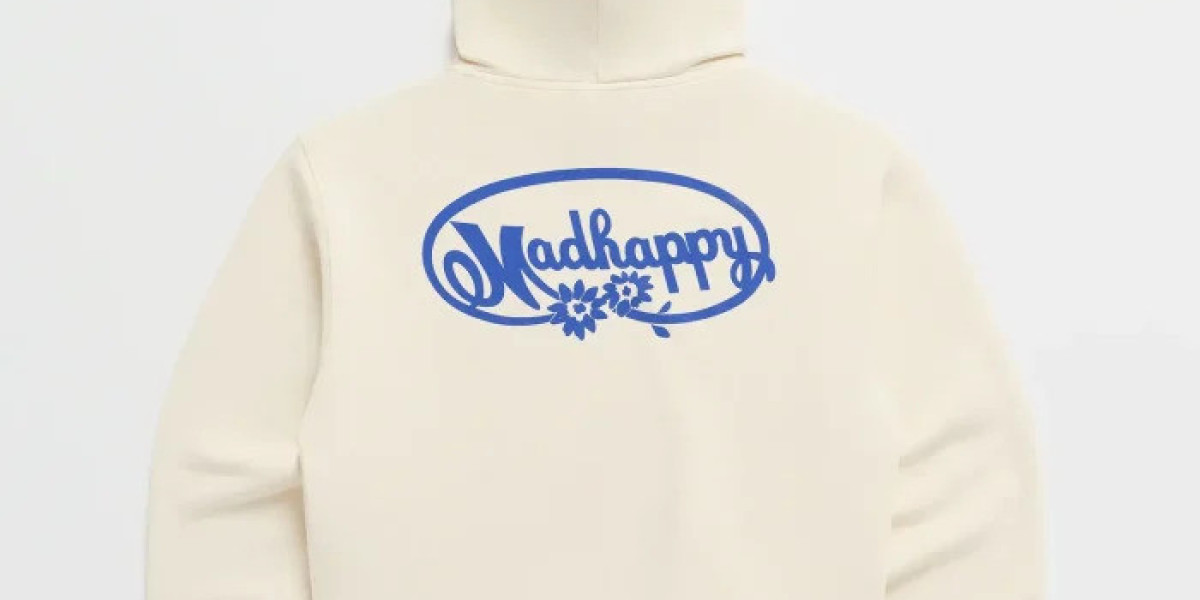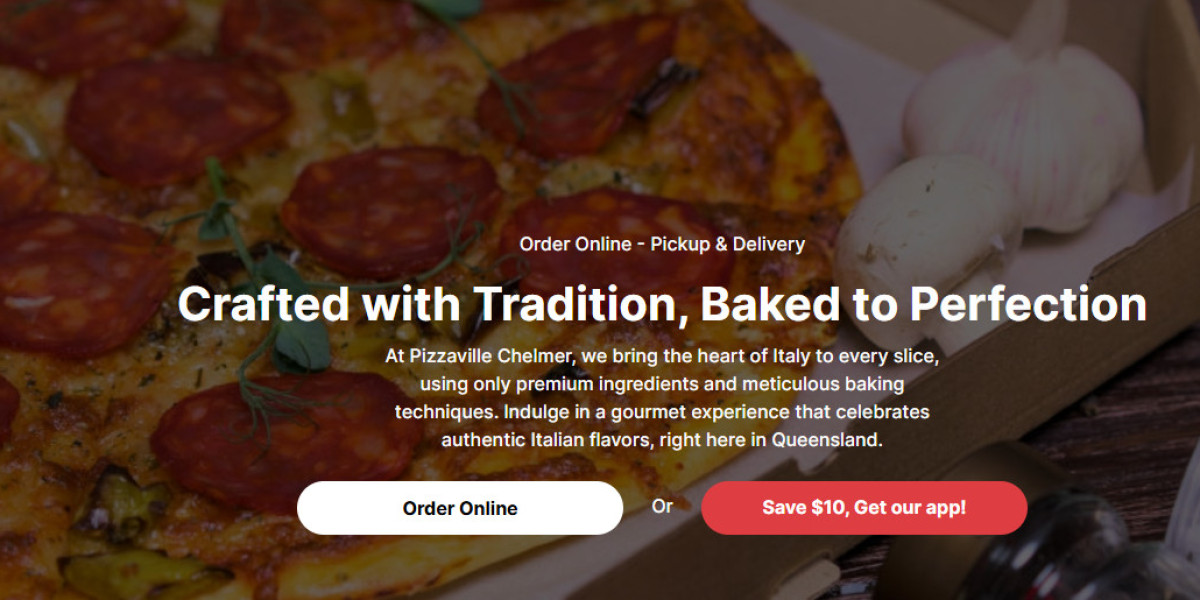In the sprawling and ever-evolving world of streetwear, few brands have carved out a niche as emotionally resonant and socially responsible as Mad Happy. While many fashion labels ride the waves of fleeting trends and aesthetics, Mad Happy dives deeper—into the psyche, into community, and into a commitment to spreading awareness around mental health. From humble beginnings to becoming one of the most recognized names in modern streetwear, Mad Happy has turned clothing into a conduit for conversation, a catalyst for change, and a comfort for those navigating life’s highs and lows. This isn’t just about fashion. It’s about feeling.
The Genesis of Mad Happy: How It All Began
The Mad Happy journey began in 2017, founded by four friends—Peiman Raf, Noah Raf, Mason Spector, and Joshua Sitt—who shared a collective vision that extended far beyond just selling apparel. The goal wasn’t to dominate the fashion industry with high-end graphics or limited drops. It was to create a platform that prioritized mental health in a world that often masks struggle with aesthetic perfection. All four founders had their personal experiences with mental health—ranging from anxiety and depression to the typical pressures of growing up—and they sought to build something that addressed these issues head-on. That something became Mad Happy.
In naming the brand, the founders chose a paradox. “Mad Happy” captures the duality of human emotion, a name that instantly suggests the messiness of life. It acknowledges that one can feel conflicting things simultaneously—and that’s okay. It’s this emotional transparency that laid the groundwork for a brand that resonates with Gen Z, millennials, and anyone who has ever felt out of step with the idealized portrayals of happiness.
Design Meets Dialogue: Fashion with a Message
What makes Mad Happy truly revolutionary is its ability to fuse minimalist, cozy streetwear with bold mental health messaging. The brand’s aesthetic leans toward soft tones, oversized silhouettes, and thoughtful embroidery—slogans like Local Optimist or Mental Health is Health are not just catchy; they are conversation starters. Their hoodies, sweatpants, beanies, and tees are simple in design but profound in message.
This isn’t virtue signaling or branding for the sake of trendiness. Mad Happy backs up its slogans with real-world impact. The brand has partnered with organizations like The Jed Foundation, The Mental Health Coalition, and Project Healthy Minds, using both its voice and its profits to fund mental health resources. It’s a brand that doesn’t just wear the badge of awareness—it embodies it.
Unlike traditional fashion drops that focus on hype or exclusivity, Mad Happy’s releases often feel like moments of reflection. Each collection is anchored in storytelling. Whether it’s a collection inspired by “The Art of Happiness” or a campaign exploring “Loneliness in the Digital Age,” every piece comes with context. It’s fashion that makes you think, feel, and connect.
Mental Health as a Movement, Not a Marketing Strategy
Too often, brands co-opt social causes to appear progressive or “woke,” but their efforts lack authenticity. Madhappy Tracksuit stands out because its foundation was built on mental health advocacy, not because it became trendy to talk about self-care. From day one, the brand has used its platform to normalize discussions about anxiety, depression, vulnerability, and emotional well-being. This isn’t just an accessory to their marketing—it is their mission.
The Mad Happy Foundation, launched in 2020, further solidified the brand’s commitment. It allocates 1% of all profits toward increasing mental health awareness, research, and accessibility. Through community events, educational programming, and content initiatives, the foundation ensures that the brand’s values remain embedded in action.
Moreover, their blog, The Local Optimist, serves as a digital safe space—featuring stories, interviews, meditations, and mental health tips. It’s a space where fans of the brand can read, reflect, and engage in a dialogue about mental well-being. For a streetwear brand to dedicate resources toward this kind of content creation is both rare and revolutionary.
The Cultural Impact: Why Mad Happy Resonates Today
In today’s climate, where conversations about wellness are finally becoming normalized, Mad Happy feels more relevant than ever. The global pandemic, rising levels of anxiety, social isolation, and the ever-present pressures of social media have all created a cultural moment where people crave authenticity. They want to be seen, heard, and understood—not just sold to. Mad Happy taps into this desire not by being preachy or overly polished, but by being raw, vulnerable, and real.
The brand has also managed to break through to pop culture in a way that feels organic. Celebrities like Gigi Hadid, LeBron James, and Justin Bieber have been spotted in Mad Happy gear—not because it was gifted to them by a PR team, but because the message speaks for itself. That’s the thing about Mad Happy—it doesn’t scream for attention, but it always gets noticed.
What’s more, Mad Happy has excelled at creating community. Whether it’s through pop-ups in cities across the world, mental health panel discussions, or local creative workshops, the brand has found ways to turn followers into family. This sense of belonging is what keeps people coming back—not just to shop, but to be part of something bigger.
Streetwear, Evolved: Mad Happy's Unique Place in Fashion
In a saturated market where brands often chase shock value, Mad Happy’s slow-burn, substance-first approach is refreshing. It isn’t about flex culture or resell value. It’s about wearing something that means something. That’s not to say Mad Happy doesn’t bring in numbers—it certainly does. Their drops sell out quickly, their collaborations generate hype, and their limited-edition pieces often become collector's items. But the driving force isn’t clout—it’s connection.
Their collaboration strategy is especially telling. Rather than chase clout-heavy names just for publicity, Mad Happy partners with entities that align with their mission. Collaborations with the NFL, Columbia Sportswear, and LVMH’s Fashion Group demonstrate not only the brand’s growth but its ability to stay grounded in its purpose.
Each partnership reflects the duality of style and substance. Their Columbia collab focused on nature and its mental health benefits. Their NFL capsule took place during Mental Health Awareness Month, with proceeds supporting mental health nonprofits. This careful curation ensures that Mad Happy remains focused even as it scales—a rare feat in the fashion world.
The Future of Mad Happy: Beyond Clothing
Looking ahead, the future of Madhappy Hoodie seems poised for something even bigger than fashion. The brand is already transitioning into the wellness space with broader initiatives. They’ve hinted at expanding into experiences, content, and perhaps even therapy-related tech in the long term. With society more attuned than ever to issues around emotional well-being, there’s a vast and growing landscape for Mad Happy to explore—without ever losing sight of its roots.
What’s crucial is that Mad Happy remains independent in spirit, even as it grows in stature. The core message must remain intact: emotions are complex, it’s okay to not be okay, and everyone deserves support. If the brand can hold onto that, then it won’t just be a streetwear staple. It will be a cultural pillar.
In a world where fashion can often feel superficial, Mad Happy is a reminder that what we wear can be a reflection of what we care about. It’s proof that clothing can carry messages that matter—and that those messages can help us heal, connect, and grow.
Mad Happy Isn’t Just a Brand—It’s a Movement
Mad Happy is more than just apparel. It’s a movement disguised as a fashion label. It challenges the norms of the streetwear world by putting mental health at the forefront, reminding us all that optimism doesn’t mean ignoring the bad—it means facing it with hope. With every hoodie, every collection, and every piece of content, Mad Happy invites us to participate in a global conversation about what it means to be well in a world that often isn’t.
And perhaps that’s the most beautiful thing about Mad Happy—it’s not here to sell you happiness. It’s here to tell you that your feelings are valid, your struggles are real, and your voice matters. In the end, it’s not about being happy all the time. It’s about being human.






